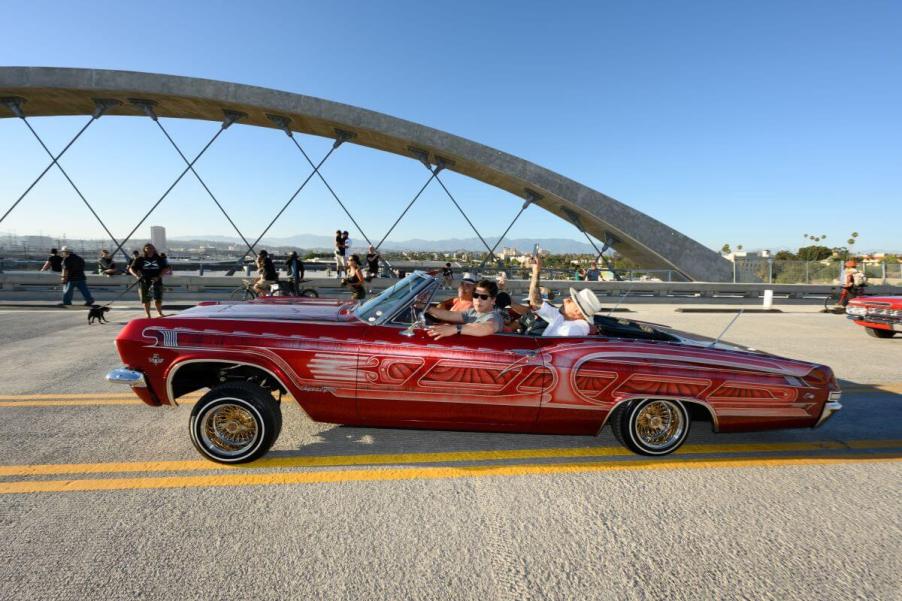
How Does a Lowrider Work?
As a current San Jose, California resident, lowriders and cruising are a huge part of this city’s culture. Lowriders, or vehicles that have been customized/modified to be lowered with hydraulic jacks, started in post-World War II era Southern California, where Chicanos made vehicle modification their signature art form. To simply call a lowrider a classic vehicle with hydraulic suspension would be an insult to how deep the art form goes. Handpainted vehicles with intricate metal fabrication and perfect upholstery all come together to create a lowrider, but unfortunately, these vehicles were not always welcomed.
Throughout the 1950s, lowriders faced a state-wide ban, and throughout the 1980s, individual towns were allowed to create their own bills outlawing cruising, and many did. Initially, the state of California pointed to possible gang affiliation as the reason behind banning these works of art. Still, in the end, it was clear that the state simply wanted to mute the culture of the people who created these works of art. Thankfully, cities like San Jose have recently lifted the ban on lowriders, and the art form can now be practiced out in the open without fear of persecution.
So, how exactly does a lowrider work? Here is everything you need to know about the ins and outs of the lowrider.
What type of car is typically turned into a lowrider?
Simply put, a lowrider is usually built on a square-body American car from the 1960s through the 1980s. Of course, some exceptions exist, with older and newer vehicles hitting the streets. Still, the most popular cars turned into lowriders are Chevy Impala, Oldsmobile Cutlass Supreme, Oldsmobile Delta 88, Buick Regal, and Chevy El Camino models, along with some truck nameplates.
These vehicles are then typically given a paint job. Some lowriders are built to blend in with simple factory-style paintwork, but others have ornate, beautiful handpainted paint jobs. Vehicles are then given smaller wheels to accommodate the suspension modifications.
What makes lowriders bounce?
The most prominent public image of a lowrider is the suspension that makes the car bounce up and down or get lowered to the ground on demand. The most common lowrider suspension is air suspension, which uses an air compressor to lower and raise the vehicle’s ride height, according to How Stuff Works. These are typically the cheapest and easier systems to install.
The most expensive but beloved suspension type is the hydraulic suspension, which uses fluid pressure to quickly control ride height. A hydraulic actuator controls the suspension, which helps the ride height of a lowrider change very quickly. Usually, extra car batteries are needed to power these actuators, and their installation is typically very complex.
Lowriders can be relatively affordable to make, with many used 80s GM vehicles on sale for less than $5,000. Cheap air suspension can be added for a low price as well. However, it is not uncommon to see some lowriders that have become huge investments over time. With tens of thousands of dollars invested, many lowrider owners see their vehicle as an heirloom, a source of pride that follows them wherever they go. With so much incredible customization work and such a commitment to the art form, it is a huge relief to see some cities in California let these old, outdated laws go.




